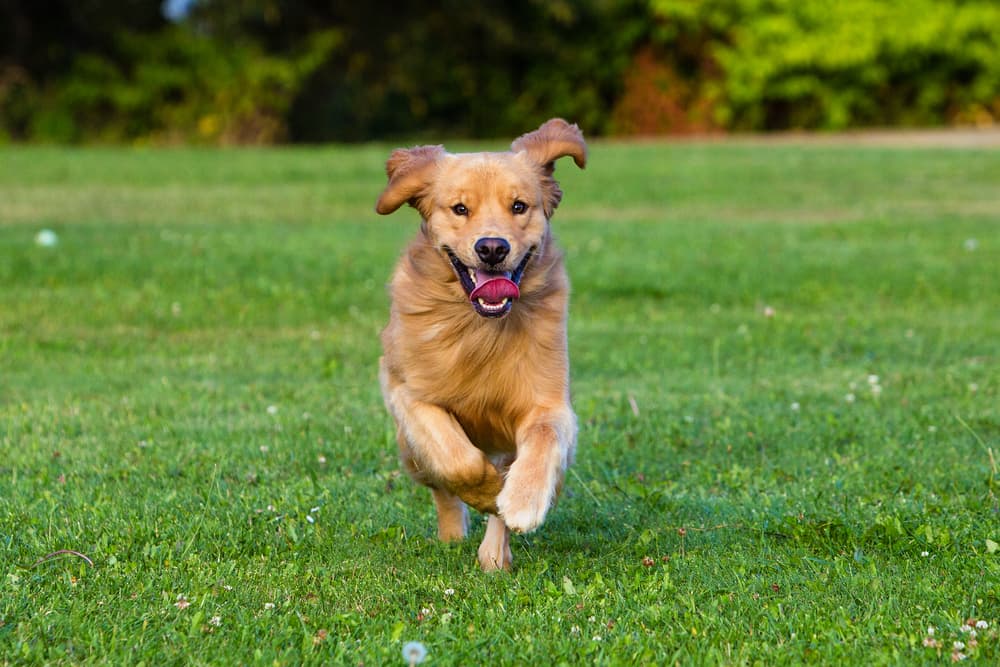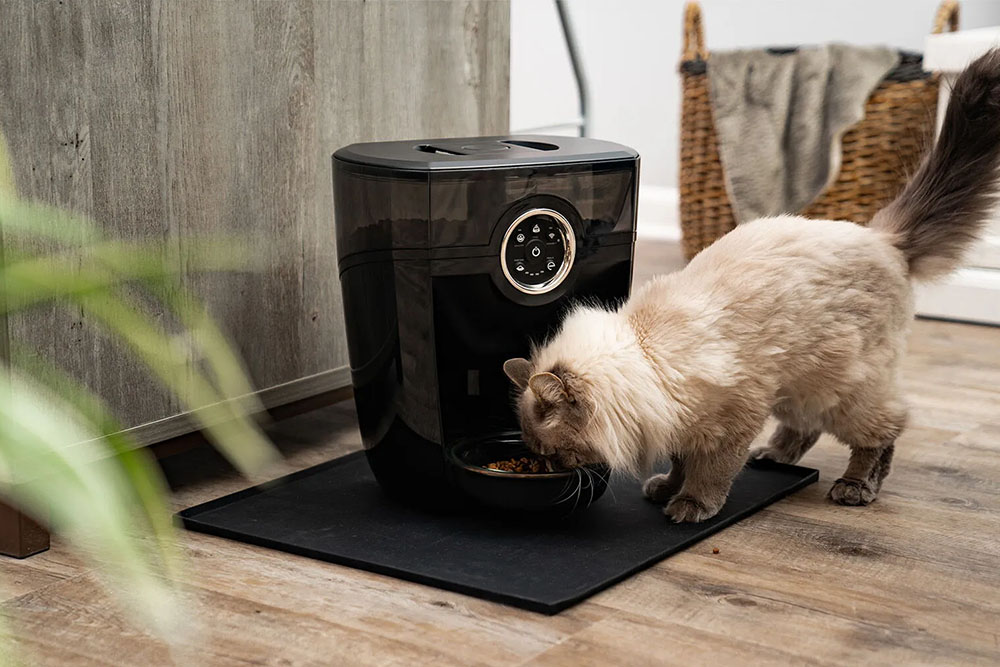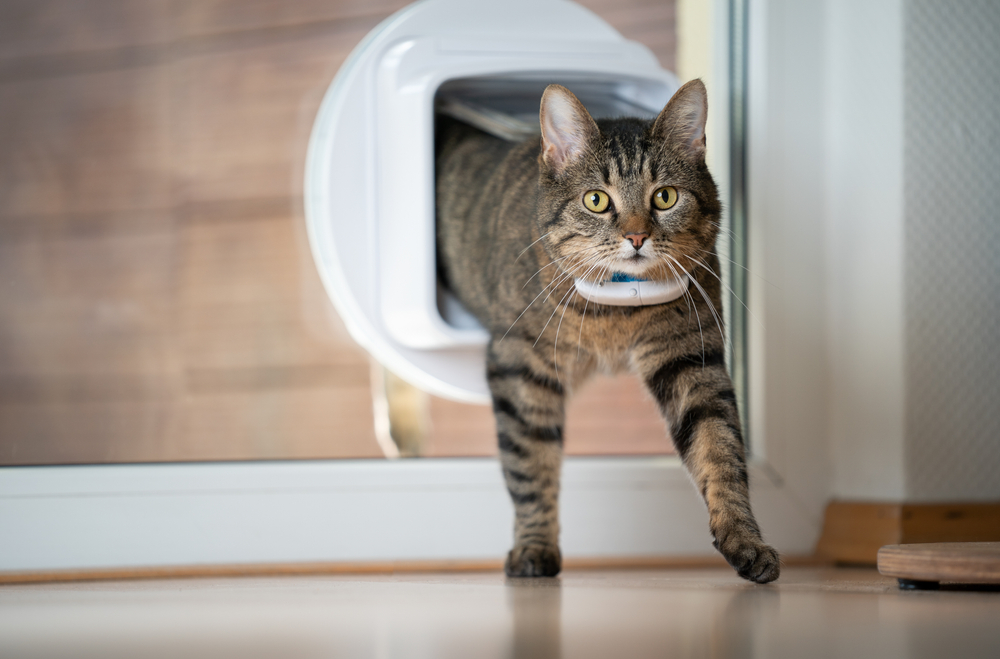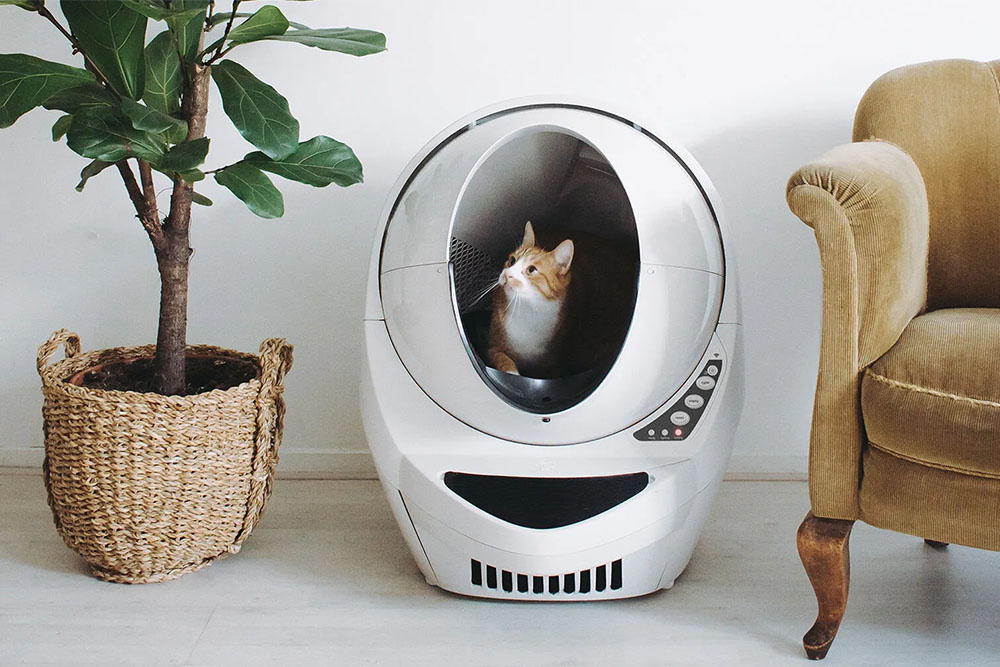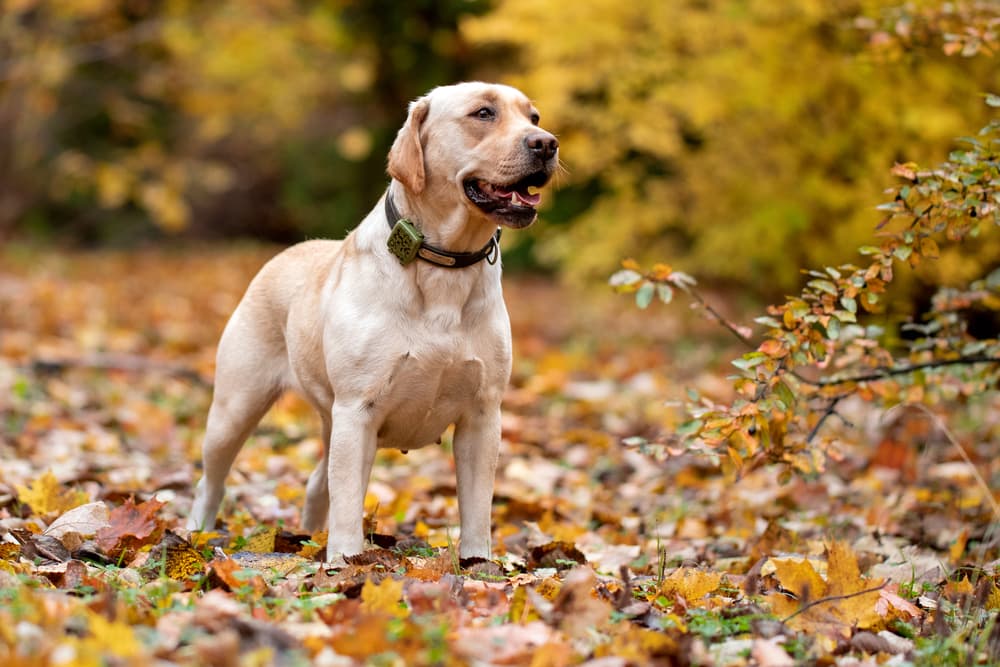Pawscout Review: Putting the ‘Smarter Pet Tag’ to the Test
by Nicole Pajer
Published on July 21, 2021

All featured products are chosen at the discretion of the Vetstreet editorial team and do not reflect a direct endorsement by the author. However, Vetstreet may make a small affiliate commission if you click through and make a purchase.
As a pet parent, your worst nightmare is having your pet get lost. But unfortunately, this is a very real concern. Around 10 million pets go missing each year. Even when you’re diligent, your pet can slip through a hole in the fence, run out the front door, or break free from a leash. When a pet gets lost, time is of the utmost importance. The longer she goes without being found, the further away from the house she can wander and the greater the chances that she will get hit by a car or come into contact with a predator, like a coyote or a bear.
Fortunately, a Bluetooth-enabled pet tag like Pawscout can help. This product syncs up with an app and tracks your pet’s location as well as enlists an entire community of fellow pet parents to help you track down your lost pet. Thus, instead of having to rely on the small chance that someone answers your lost pet poster, you can have the benefit of a group of people keeping their eye out for your pet alongside you in real time.
Why Pet ID Tags are So Important
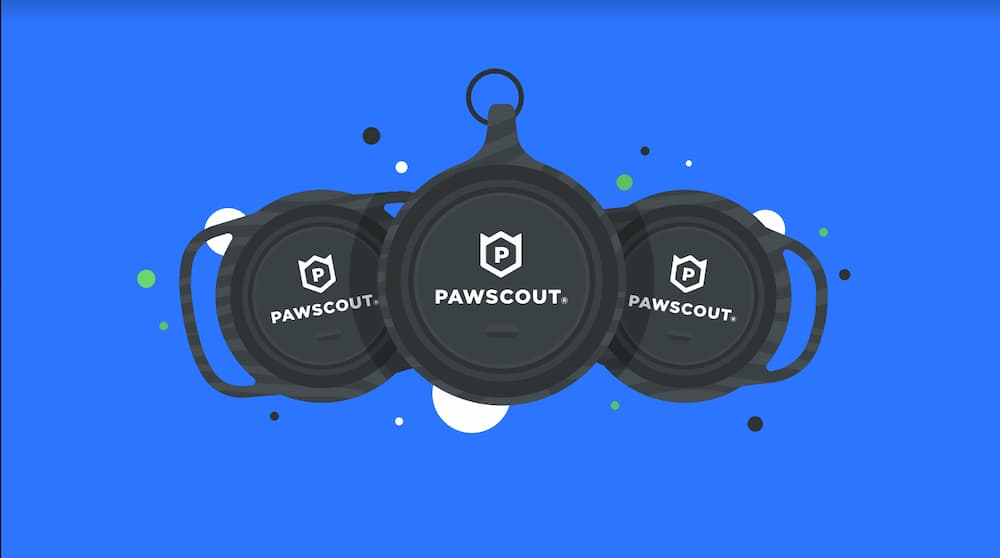
If your pet has both a traditional collar with personalized ID tags and a microchip, you can increase the odds that she will be returned home safe if she is lost. However, they aren’t foolproof. ID tags enable people to call you if they happen to find your pet, but only if your pet approaches a stranger, not if she is on the move. Microchipping can be a great way to have your pet identified, since it’s implanted under your pet’s skin and can’t come off like a collar, but it only works if the microchip is registered and your pet is found by a facility with the means of scanning a chip. For another layer of protection that can help mitigate some of these shortcomings, Bluetooth-enabled pet ID tags allow you to identify the location of your pet on an app.
While some lost pets without identification end up in shelters, many are left wandering the streets alone. Finding your lost pet is much more difficult if she is not outfitted with some sort of ID tag. In fact, statistics show that only 15 percent of dogs and 2 percent of cats that land in shelters without microchips or ID tags are reunited with their owners.
What Is Pawscout?
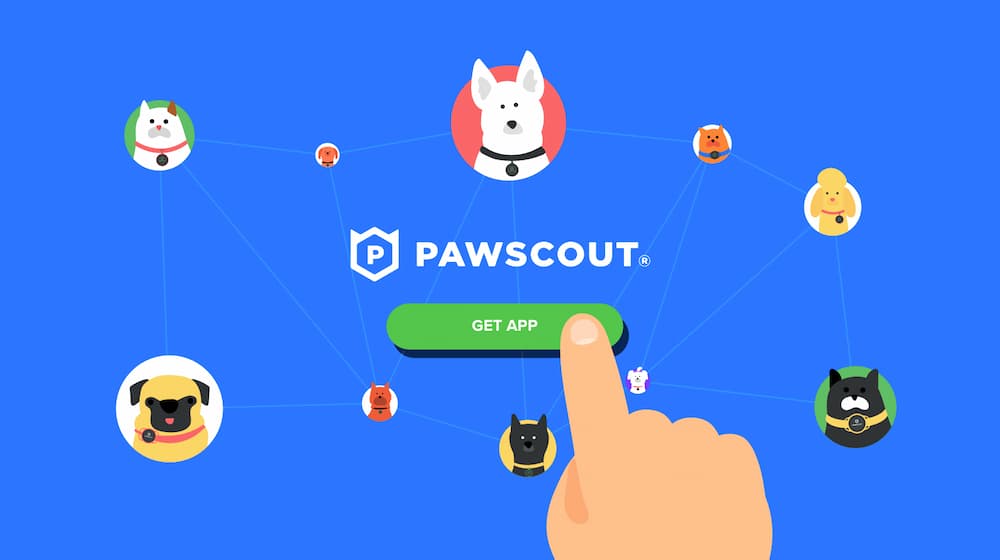
Pawscout, which markets itself as “the smarter pet tag,” is a community pet tracker. It’s a Bluetooth-enabled pet ID tag that syncs up to the brand’s free app and leverages a connected community of pet lovers to help find lost pets. It uses short-range, radar-style tracking (within 300 feet) to ping nearby users if your dog or cat becomes lost. You can also use the app to track walks, set an outdoor virtual pet leash, create digital lost pet flyers for any lost pet you find, and more.
The company notes that when most pets get out, they tend not to wander too far away initially. That’s why Pawscout’s mission is to give you the ability to rally your nearby community to help you track down your pet. Since its inception, the company says it’s helped more than 13,000 pets get rescued.

The app is free and there is no monthly fee to use it, whereas many GPS pet trackers require a service plan. Pawscout retails for $19.95, and is much more affordable than GPS trackers, which can cost upward of $100. The tag is also waterproof, which is nice in the event that your dog drips water on it or runs through your sprinklers while wearing it. And if you get the tag and custom nameplate bundle ($25), you can personalize the ID tag with your address, phone number, and contact information, so it doubles as a traditional dog tag as well.
How Does Pawscout Work?
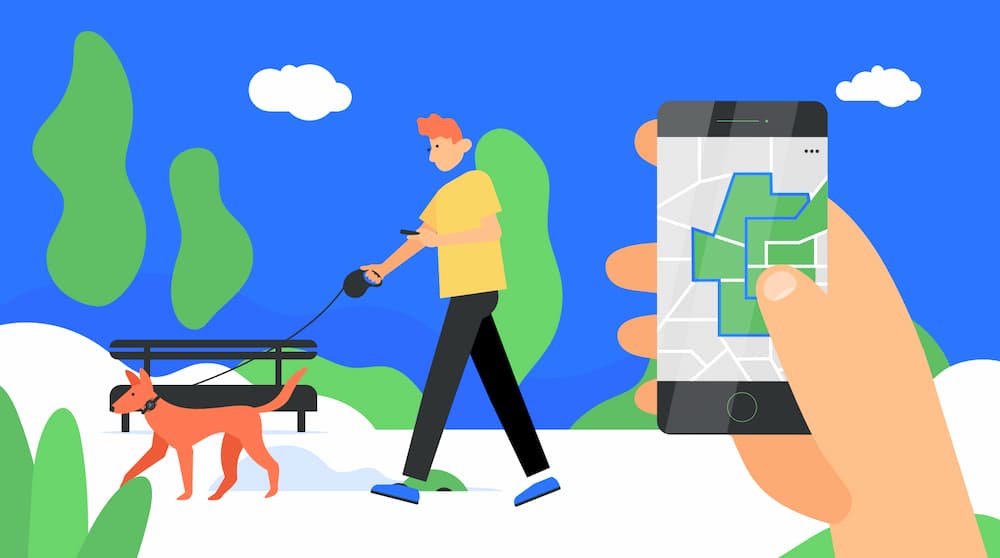
To begin using Pawscout, you download the app, which can be accessed via the Android or iOs store. Then you create a new account or connect via your Facebook account and enable Bluetooth settings for the app. Next, you add your pet and create his or her profile, which includes a description, photo, and personality. So if you own a skittish pet or one that doesn’t like to be touched by strangers, or one that is very food motivated, you can let someone who might be trying to rescue your pet know. The app also gives you the option to list any medical conditions that your pet may have or medications that he or she may be taking. This is designed to allow rescuers to properly care for your pet until you arrive to pick him or her up.
The app gives you prompts to pair it up with your tag. You attach your pet’s tag to his or her collar with the O-ring. As soon as the app is paired, it tells you how many feet away your pet is from you, and your Pawscout is now up and running!
Putting Pawscout to the Test

I tested Pawscout on my Doberman, Lyla, and kicked things off by personalizing her profile. For description, I included her breed, weight, age, and color. For personality traits, I wrote that “Lyla is friendly, approachable and loves to play.” You can also include your dog’s astrological sign, which is kind of fun. Lyla is a Leo, so I included that, her date of birth, and activity level, which I marked down as “fur-nado,” as she’s quite an energetic dog, even at 7 years old! The ID tag comes with an O-ring, which was easy to attach to her collar. The entire set up process was very easy and took about 10 minutes.
Once we were all set up, it was time to take Lyla on a walk and try it out. The app has a feature that tracks your walk on a map. My husband, Lyla and I walked around the neighborhood for an hour and logged 2.91 miles. At the end of the walk, it showed us our trail. You can even keep track of how many times your pet poops or pees, which could be helpful for a dog walker or in the event that you need to monitor your pet for a medical reason. For example, one time Lyla had crystals in her urine and the veterinarian asked how many times she was peeing in a day.
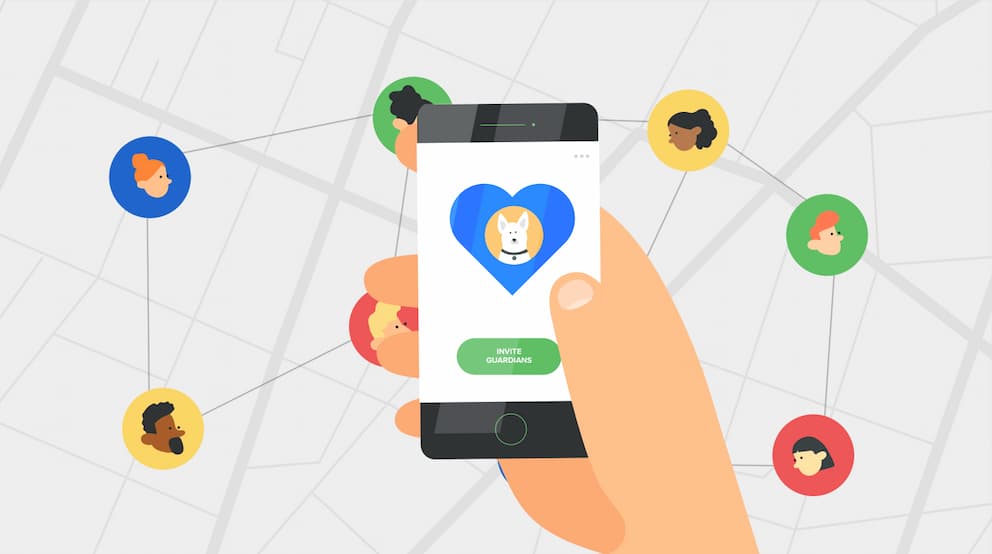
Next, we dove into the app’s “Social Petwork,” where you can post photos, comments, or updates about your pets. You can also follow other pets and people can follow you back. Someone posted a cute photo of their Pug who was sad to see their owner go to work. And then there was a cute picture of a cat with a wide-eyed stare that said, “I see you.” People were liking and commenting on these posts, similar to Facebook. Another person shared a red lump on their dog’s ear and asked if anybody in the community knew what it was.
On the top row of the social network, there is a listing of lost pets. If your dog goes missing, you create a lost pet post, which includes his or her photo and information on the last time and place that he or she was seen. Users were also posting pictures of pets that they found in the area that did not have any ID tags.
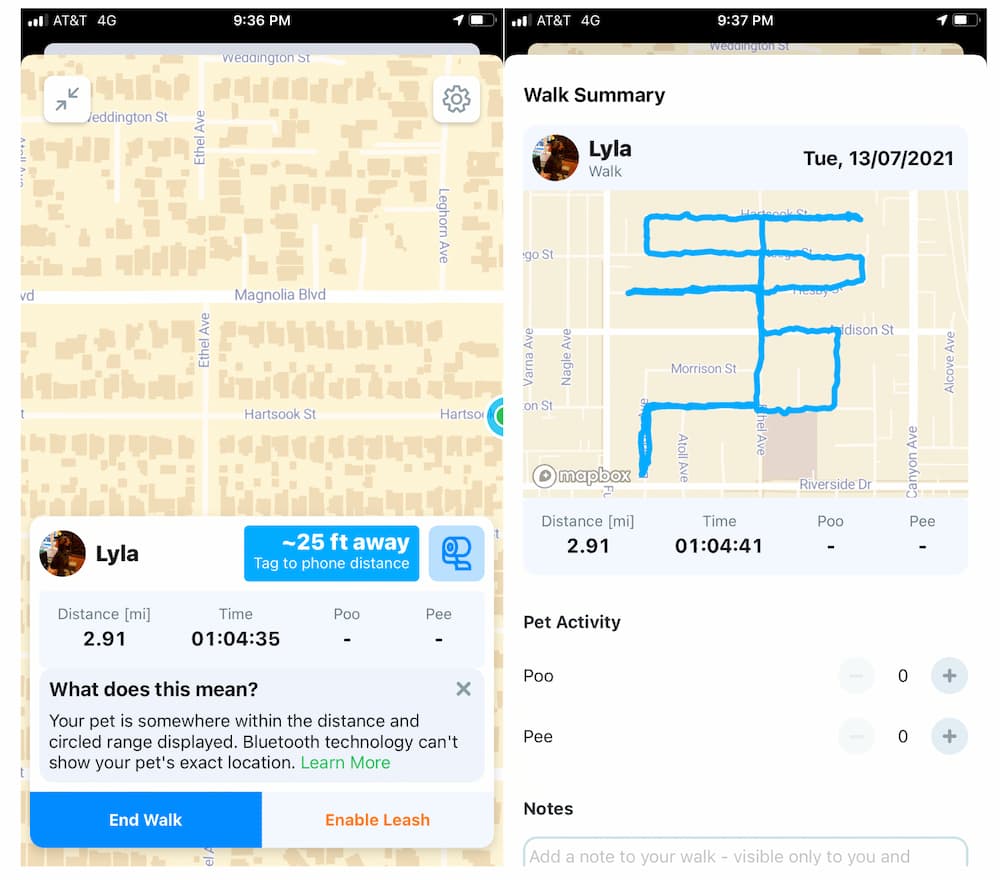
As soon as you open the app, it tells you how far away your dog is from you. You can click on the map and it will show you his or her exact location. You will receive a ping notification when your pet comes within 300 feet of anyone who is using the Pawscout app. The company encourages you to get your friends and family to upload the app as well to increase the amount of people keeping tabs on your pet.
Pawscout also lets you set up an Outdoor Virtual Pet Leash. This is sort of similar to how an invisible fence works. You set an outdoor perimeter of your yard and if your dog moves past this line, the app will immediately notify you. I set ours to the end of the yard at the sidewalk and when Lyla went past it (she darted across the street at one point to go greet the neighbor’s dog, Cairo—and to pee on their lawn), the app let us know. I can see this being a really nice feature for someone who has a pet that typically stays in their yard but may wander off every now and then.
Things We Like
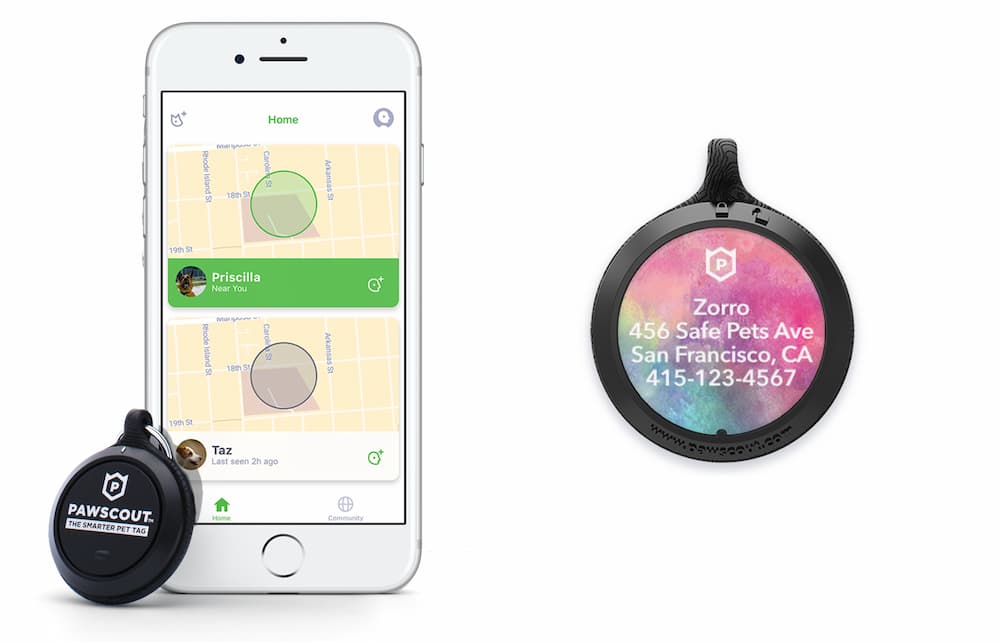
- The app was very easy to use and from trying it out, it’s clear that the Pawscout community is really supportive and interactive.
- I like the Virtual Leash option and this is what I would likely use the most. My dogs like to pee off-leash in the front yard in the mornings, and it’s comforting to know that if I turned my back for a second and they wandered past the sidewalk, the app would let me know.
- It’s fun to be able to track your walk and to see exactly how many minutes you walked and what your final mileage was.
- I always keep a dog tag on my dogs, but this is a better version with the added safety features of the community keeping tabs on my pet, as well as the Bluetooth following Lyla for up to 300 feet. So having this on my dog would give me greater peace of mind than just her standard engraved dog tag.
- It’s also nice that the product is water resistant. It’s rated IPX7, which means it can be submerged in up to 3 feet of water for 30 minutes. That being said, Pawscout does recommend removing it for swims. It’s easy to pop the tag off and just keep the mount on the collar, which is great because Lyla loves to hop into our backyard pool to cool off!
Things to Consider
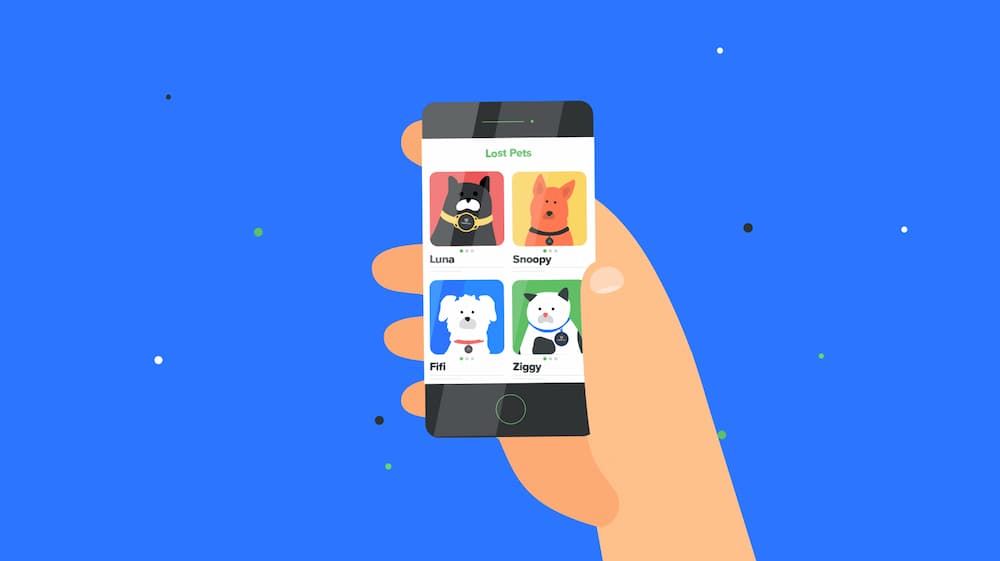
- Some users found that the app drained their phone’s battery faster than normal
- The Pawscout tag battery is supposed to lasts up to six months, but some users noted that it had to be replaced more frequently
- Pawscout will only pick up your pet’s location within 300 feet of you or another person with the app. So if you have a pet that frequently wanders to see her buddy next door, this would work well for you. But if you have a dog that likes to take off and run a few blocks, you would need to rely more heavily on the community of Pawscouters in your neighborhood. Thankfully, Pawscout now has a large community across North America—especially in almost all urban areas. As such, Pawscout says most people find their pets with the help of the community, not through their own tag.
Pawscout Reviews: What They’re Saying
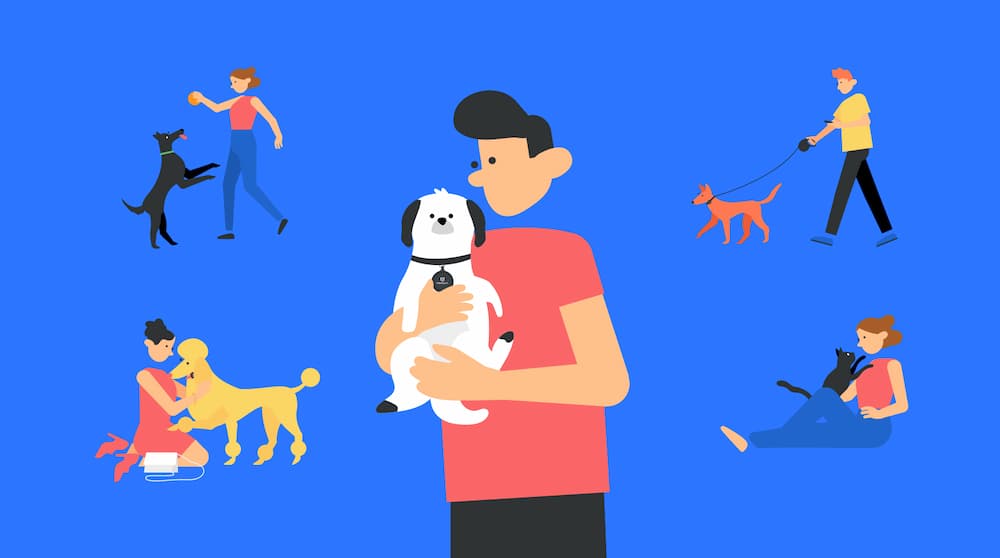
The general consensus from Pawscout reviews is that this product works well for dogs and cats that don’t stray too far from your own yard.
Some users commented that their pet frequently moves out of range, making it harder to track a pet that is constantly on the move and not close to your phone. Others noted that the ID tag is a bit oversized for smaller pets. This is why I opted to test it out on my Doberman instead of my Rat Terrier. It does, however, come with a variety of clips to help you better secure it to a smaller dog’s collar rather than simply relying on the O-ring.
Pawscout: Our Verdict
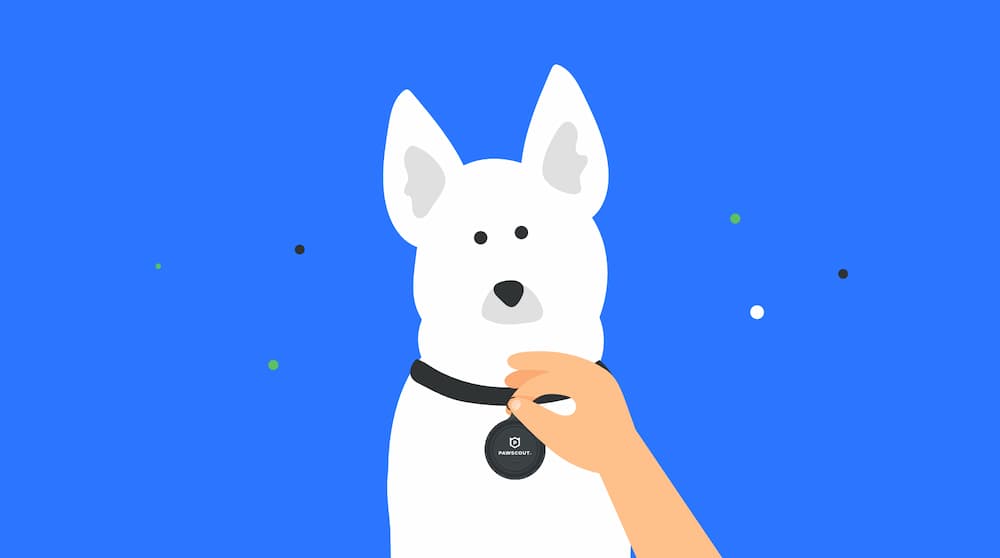
I would never let my dogs out of the house, whether on a leash or not, without wearing a pet ID tag. And after trying Pawscout, I realized that although the app does have a few limitations, like only showing your pet’s location within 300 feet, it is comforting to have these extra features built into my pet’s ID tag.
My Doberman is notorious for staying close by when getting out and my Rat Terrier typically only wanders next door to see the neighbors. Thus, this product would work well for me. It might, however, not work as seamlessly for pets that really take off and stray far from home. It’s nice to know that if my dogs went further than 300 feet and I needed to find them, I could rely on people in my neighborhood to help. Given Pawscout’s growing user base, especially in urban areas, most people find their pets with the help of the community anyhow. It basically combines the benefits of a dog ID tag and a neighborhood app like Nextdoor, which has been known to help people reconnect with their pets, into one convenient solution.

